A simplist implementation is the one in the famous K&R C Bible,page 186 - 188.
The memory block we get actually is more (a struct head's or a union head's size) than we apply for.The struct may be like this:
typedef long Align;
union header
{
struct
{
union header* ptr; // next block
unsigned size; // size of this block , times of head size
}s;
Align x;
};
A figure to demonstrate it:

When we call the free function, the behaviour may be like this:
void free(void* ptr)
{
Header *bp, *p;
bp = (Header *)ptr - 1;
/* ..... */
/*return the memory to the linked list */
}
In visual studio, we have two models: release version and debug version,we could even use
the head to store debug message to make debug easier.The header in debug version is called _CrtMemBlockHeader, the definition is as below :
typedef struct _CrtMemBlockHeader
{
struct _CrtMemBlockHeader * pBlockHeaderNext;
struct _CrtMemBlockHeader * pBlockHeaderPrev;
char * szFileName;
int nLine;
size_t nDataSize;
int nBlockUse;
long lRequest;
unsigned char gap[nNoMansLandSize];
} _CrtMemBlockHeader;
Then the memory lalout is:


